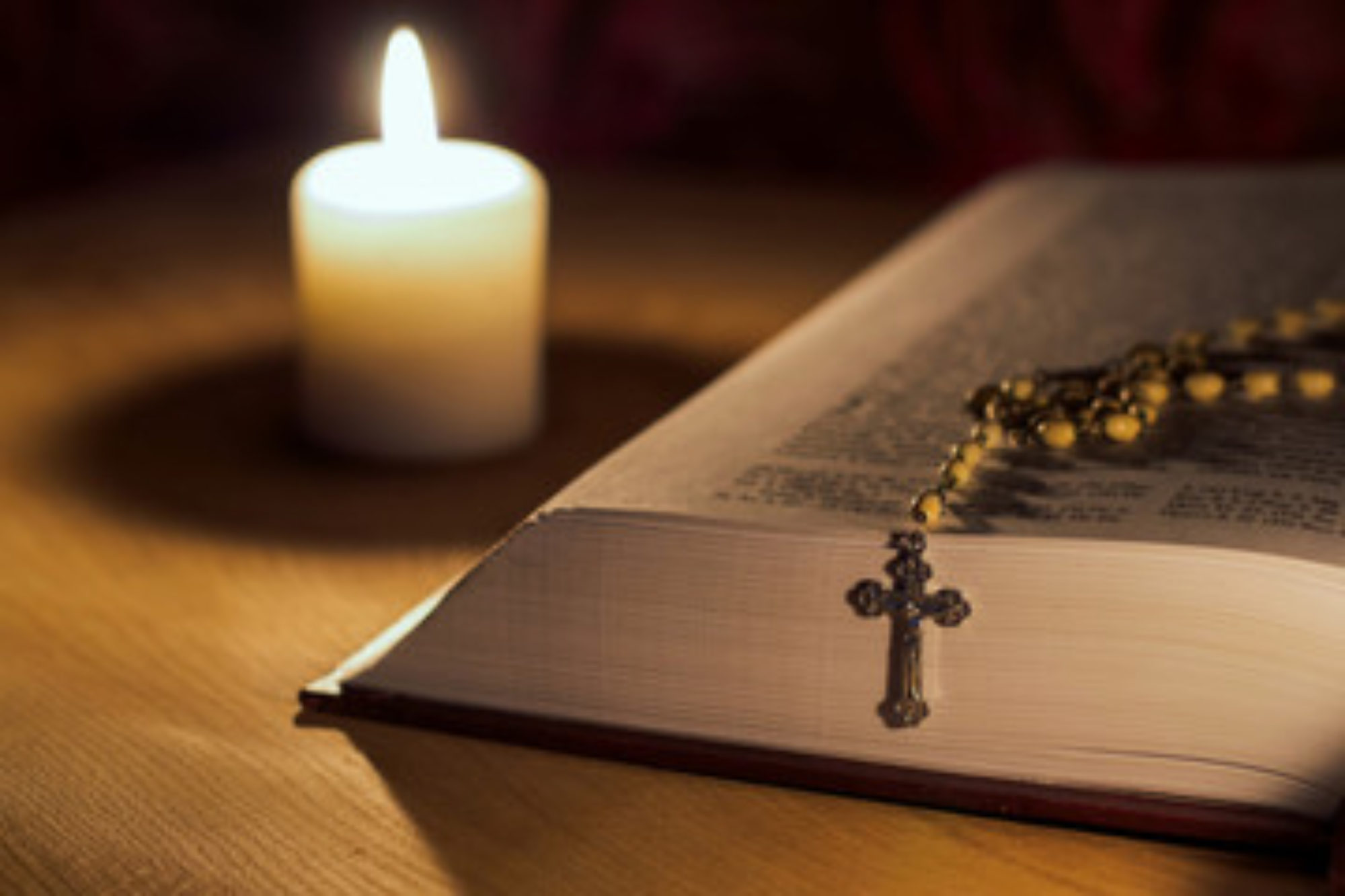Podcast: Play in new window | Download
Mass Readings
Fourth Sunday of Advent
Reading 1 – Michah 5:1-4A
Psalm – Psalm 80:2-3, 15-16, 18-19
Reading 2 – Hebrews 10:5-10
Gospel – Luke 1:39:45
Can you believe it’s already Christmas? Whew! Time has raced by so quickly I can hardly believe it!
I find that there’s always so much to do around this time of year that I often find it difficult to focus on the preparation we should be doing during Advent. I even found myself questioning whether we really had time to attend our parish penance service and mass last night. I’m so glad we went!
You know, there is great wisdom in the Church for setting aside this time of Advent – this time of preparation for us. It’s too easy to get so caught up in the mechanics of everyday life and that of us become stressed or anxious about things that really don’t matter in the long run. There are too many things that distract us from the truth that our hope is in the Lord, (Psalm 121:2). These wonderful seasons of Advent and Christmas help us step out of our busy lives to prepare and to celebrate hope.
In today’s second reading from the Letter to the Hebrews 10:5-10, Paul says that Jesus came to take away the first in order to establish the second (v 9). What are these two things that Paul is telling us about? The first is the entire system of Jewish ritual worship, sacrifices and offerings. Why does Paul say that? He says it because those rituals are no longer necessary. Jesus has come to fulfill the Law. That’s what the Gospel according to Matthew tells. Jesus says he did not come to abolish the Law, but to fulfill it (Matthew 5:17). If Jesus has fulfilled the Law, then this system of ritual sacrifice is no longer necessary.
To continue these rituals is irrelevant because we cannot earn salvation through them. Only the one true sacrifice willingly offered to fulfill God’s will can save. Only through His blood can we be washed clean. So, Paul tell us, Jesus came to establish the second. “I come to do your will,” (v 7). He redeems creation and His sacrifice is our salvation. Death will no longer have any hold over us, (John 11:38-44; Romans 6:23; 1 Corinthians 15:55).
This is the joy that causes the unborn John the Baptist to leap when Elizabeth encounters Mary, (Luke 1:44). That is what causes Mary to sing out, “My soul proclaims the greatness of the Lord,” (Luke 1:46). This is the great Joy that we look forward to on Christmas morning!
As our families gather to celebrate Christmas, may we remember that the happiness our gifts inspire and the love we feel should celebrate the great Joy of Jesus Christ, Our Lord and Our Savior!
Homework! There is only one thing I ask of you in this final day before Christmas. With every hug you give, pray the Joy of Jesus Christ upon them!
Do you got it? Good! May each of you have a blessed Christmas and a Happy New Year! In the name of the Father, of the Son and of the Holy Spirit. +Amen!



